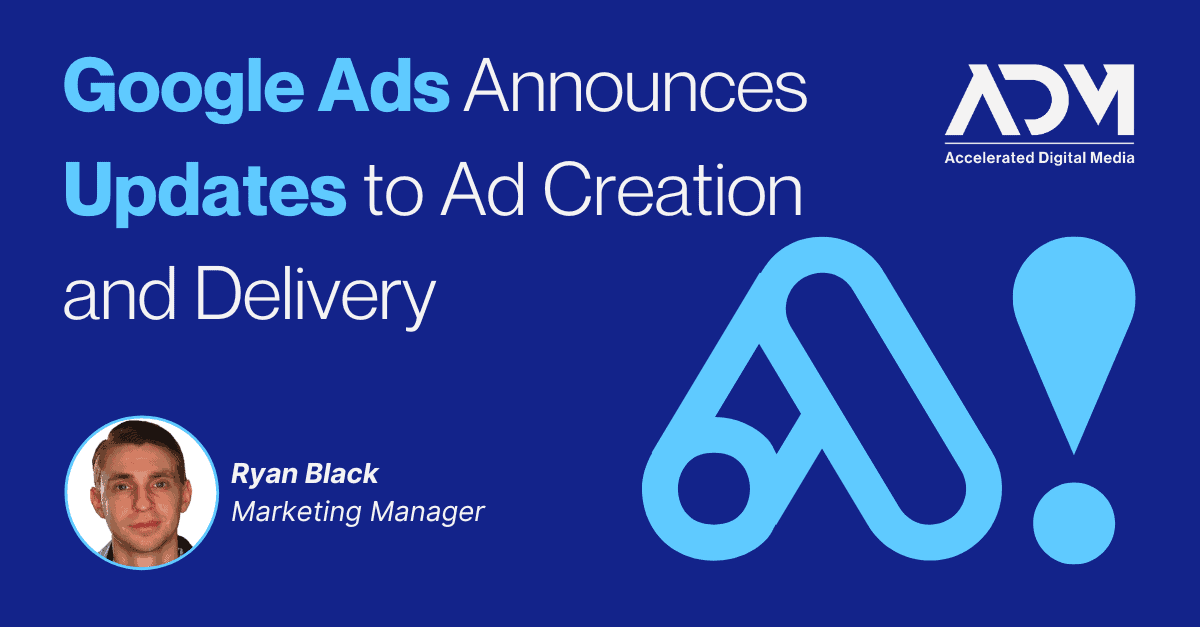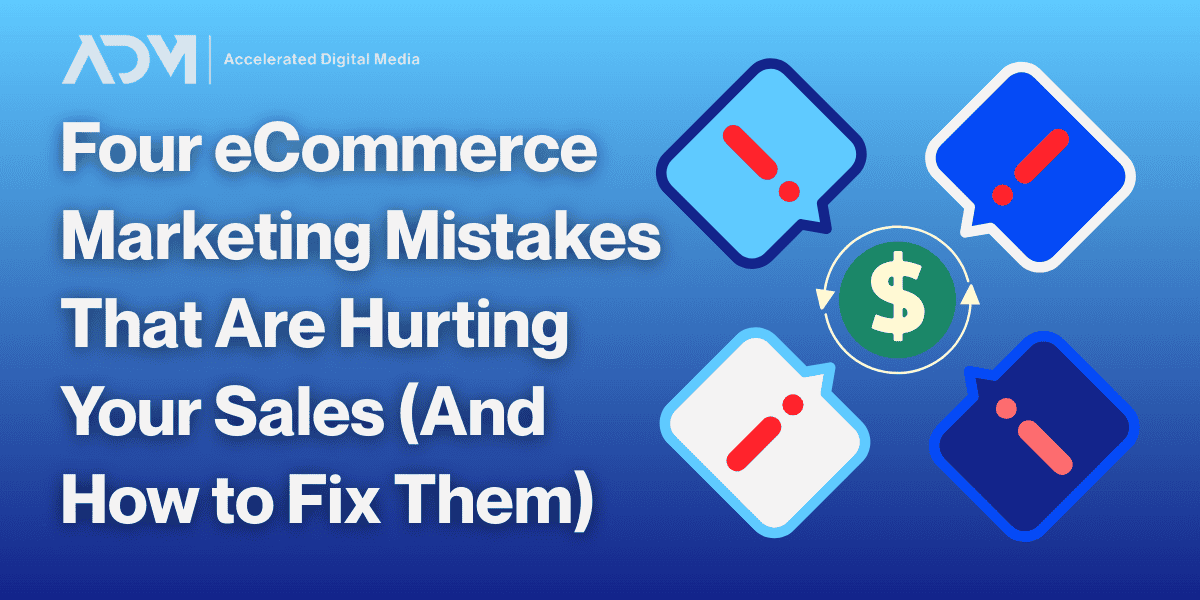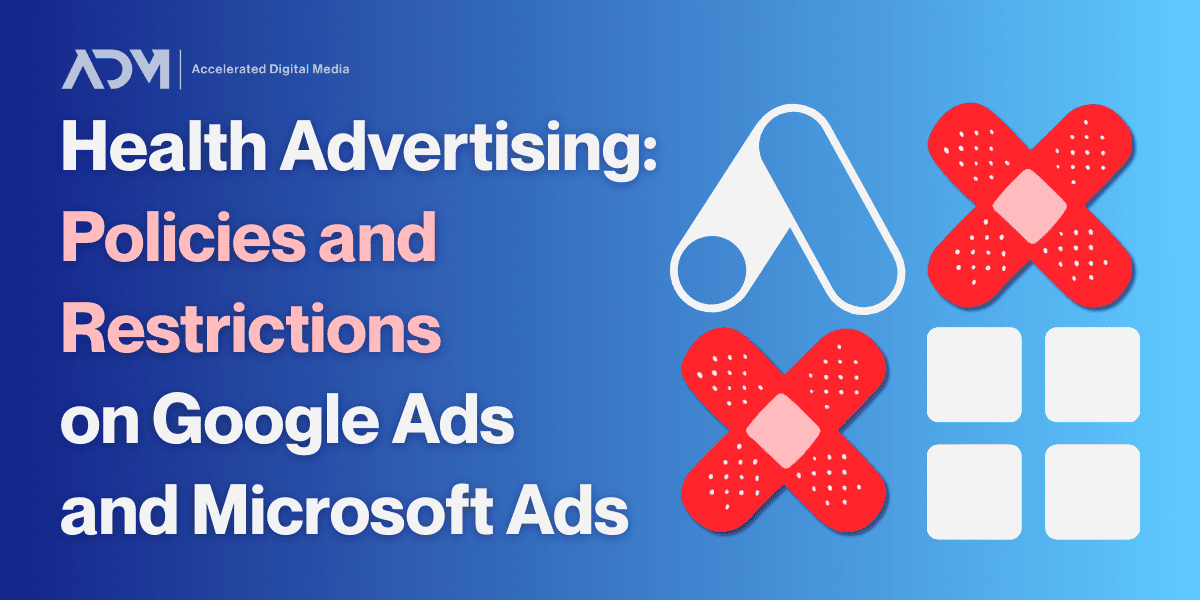Google Ads constantly tweaks different aspects of its ad functionality, and this month it has announced a series of updates that it says should give marketers more flexibility and better performance. The changes impact search ads in three different ways. Here’s what to look out for:
Responsive Search Ads Now Treat Headlines Differently
Responsive Search Ads (RSAs) are built by providing a number of headline, description, and other asset options. In real time, Google’s algorithm will display a combination of these assets in the search results based on what it predicts the user will be most likely to click on.
The first update pertains to how (and where) headlines will display in these ads. In the past, RSAs would display a minimum of two or three of your provided headlines in each ad. Now, they can display as few as one—and incorporate headline text into the description field of the ad.
Marketers had previously noticed something similar happening in their live ads unexpectedly—months before this new announcement. The then-unannounced change frustrated some advertisers who did not appreciate their ads displaying differently than they had intended.
Google says this change will allow its algorithms to predict when a single standalone headline may be most appealing to the user. Advertisers can keep track of how often this occurs in their account by looking at their RSA combinations report.
Campaign-Level Assets May Make it Easier to Run Promo Campaigns
Google Ads announced another change that it believes will make it easier for advertisers to quickly update ads for things like sales and promotions. Now, you can input up to three headlines and two descriptions at the campaign level, with the option to pin them to certain positions within your ads.
The idea is that you’ll now be able to quickly inject a number of alternate text assets into your existing ads rather than having to ad sales messages through more involved processes, like manually replacing headlines and descriptions or creating all-new ads and turning others off.
This naturally lends itself to promotion advertising, when you want to add new sales text to your existing high-performing campaigns and then remove it once the promotion is over. Considering how important promotions have now become on Google Ads, this feature is likely a welcome addition for many eCommerce advertisers.
Manual and Dynamic Assets Can Now Intermingle
The last of the new Google Ads updates pertains to account-level automated assets, which are things like sitelinks and image extensions that Google will automatically generate from your other assets or website—if you opt in to allow it. In the past any manually-created assets that you created would show in place of automated ones. If you had selected to allow automated assets and then later created callout extensions of your own, automated callouts wouldn’t show anymore.
Now, Google says that automated assets can show alongside, or in place of, those assets you have created, provided Google’s algorithms predict that its own assets will perform better. While the change will only apply for advertisers that opt to use the automated assets, it’s another example of AI’s growing role in ad creation and delivery throughout digital marketing.
You can read more about these new Google Ads updates here. For a performance marketing agency that prides itself on quick adoption and mastery of the latest digital marketing tools, reach out to the ADM team today.




